While by no means exhaustive, this list covers new and essential titles on historic and contemporary representations of Blackness in the media. From depictions of horror and violence against African Americans, representations of the Black Panthers and Civil Rights movement, hypersexualizaton of Black and mixed Black women, to Black expression on the big and small screens, this list of titles explores how the media has shaped the public’s perception of acceptable blackness and the ways it has depicted black suffering and achievement. Make sure to also check out our recent roundup of new and essential titles on the history of the Black Press for even more books and articles to add to your TBR pile!

Imaging the Mulatta: Blackness in U.S. and Brazilian Media
by Jasmine Mitchell
Highlighting the prevalence of mixed-race women of African and European descent, the U.S. and Brazil claim to have perfected racial representation—all the while ignoring the racialization, hypersexualization, and white supremacy that the mulatta narrative creates. Jasmine Mitchell unveils the ways the media moralizes about the mulatta figure and uses her as an example of an “acceptable” version of blackness that at once dreams of erasing undesirable Blackness while maintaining the qualities that serve as outlets for interracial desire.

That’s Not Me I See on TV . . . : African American Youth Interpret Media Images of Black Females
by Valerie N. Adams-Bass, Keisha L. Bentley-Edwards and Howard C. Stevenson
How do African American youth perceive images of black women in popular media? How do they interpret the meaning of these messages, especially those that maintain persistent negative stereotypes? Adams-Bass, Bentley-Edwards, and Stevenson take a look at focus groups of African American students to answer these questions.

Graphic News: How Sensational Images Transformed Nineteenth Century Journalism
by Amanda Frisken
From 1870 to 1900, newspapers disrupted conventional reporting methods with sensationalized line drawings. Using intersectional analysis, Frisken explores how these newfound visualizations of events during episodes of social and political controversy enabled newspapers and social activists alike to communicate—or challenge—prevailing understandings of racial, class, and gender identities and cultural power.

The Marketability of Black Joy: After “I Do” in Black Romance Film
by Simone Drake
At the end of the 20th century, there was a surge in movies by African American writers and producers that featured endings with happy marriages. While this was created to dispel public rhetoric of the dysfunctional black family, the films rarely continued on to show actual married life, leaving many to ask what happens after “I do.” Simone Drake seeks to answer that question, using contemporary films as case studies.

Framing the Black Panthers: The Spectacular Rise of a Black Power Icon
by Jane Rhodes
A potent symbol of black power and radical inspiration, the Black Panthers still evoke strong emotions. Probing the group’s longtime relationship to the media, Jane Rhodes traces how the Panthers articulated their message through symbols and tactics the mass media could not resist. They also pioneered a sophisticated version of mass media activism that powers contemporary African American protest, from the work of Black Lives Matter to Beyoncé’s 2016 Super Bowl performance.
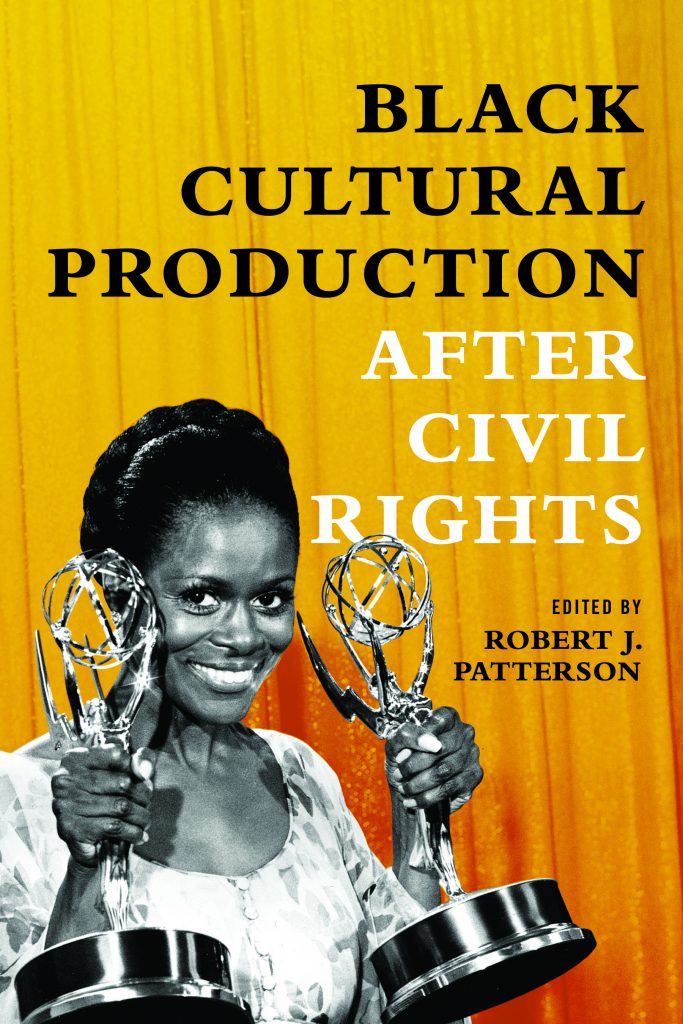
Black Cultural Production After Civil Rights
Edited by Robert J. Patterson
The post-civil rights era of the 1970s offered African Americans an all-too-familiar paradox of material gains and setbacks. Robert J. Patterson’s collection contains a fascinating spectrum of topics beginning with the literary and cinematic representations of slavery from the 1970s to the present. Throughout, the writers reveal how Seventies black cultural production anchors important contemporary debates in black feminism and other issues while spurring the black imagination to thrive amidst abject social and political conditions.
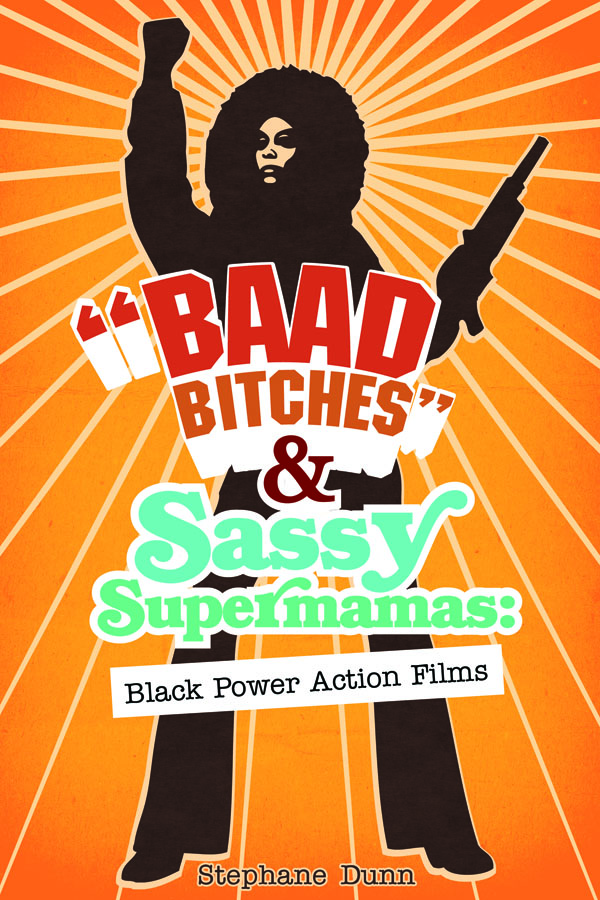
“Baad Bitches” and Sassy Supermamas: Black Power Action Films
by Stephane Dunn
Starting in 1973, the emergence of “baad bitches” and “sassy supermamas” reversed the trend of black women as trifling “bitches” into self-assured, empowered, and tough black women who took the lead in the films Cleopatra Jones, Coffy, and Foxy Brown. Stephane Dunn analyzes how African American representation in popular cinema emerged from a radical political era influenced by the Black Power movement and feminism. Dunn also engages blaxploitation’s legacy in contemporary hip-hop culture.
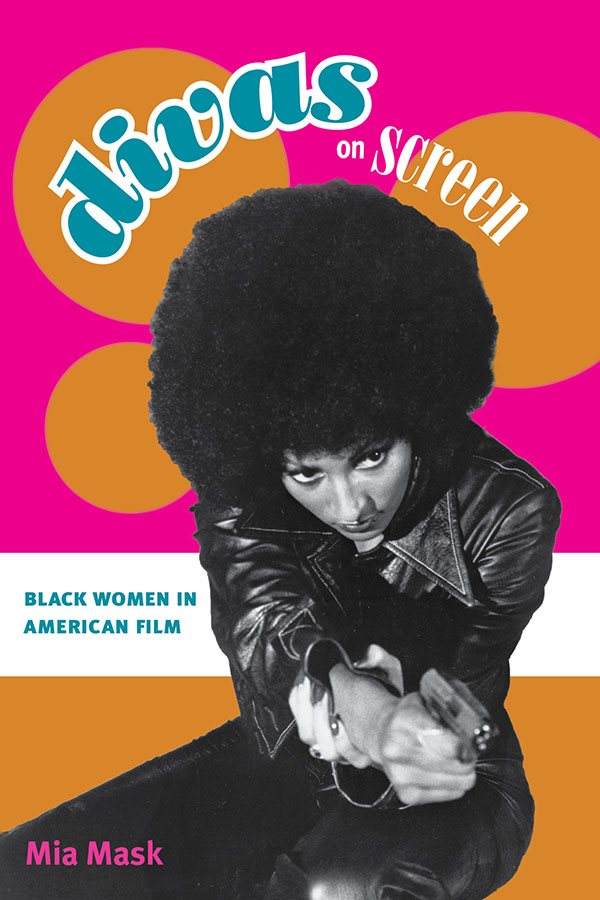
Divas on Screen: Black Women in America Film
by Mia Mask
This insightful study places African American women’s stardom in historical and industrial contexts by examining the star personae of five African American women: Dorothy Dandridge, Pam Grier, Whoopi Goldberg, Oprah Winfrey, and Halle Berry. Mia Mask shows how these female stars have deftly negotiated the uneven terrain of racial, gender, and class stereotypes. These women have ultimately complicated the conventional discursive and industrial practices through which Blackness and womanhood have been represented in commercial cinema, independent film, and network television.
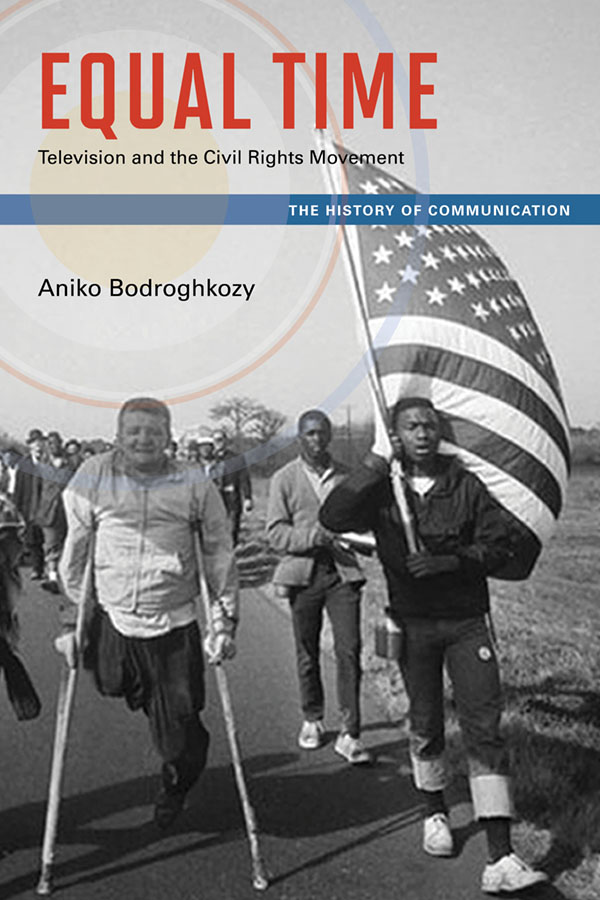
Equal Time: Television and the Civil Rights Movement
by Aniko Bodroghkozy
Aniko Bodroghkozy brings to the foreground network news treatment of now-famous civil rights events including the 1965 Selma voting rights campaign, integration riots at the University of Mississippi, and the March on Washington. Due to widespread coverage, the civil rights revolution quickly became the United States’ first televised major domestic news story. Entertainment programmers also sought to represent a rapidly shifting consensus on what “blackness” and “whiteness” meant and how they now fit together.
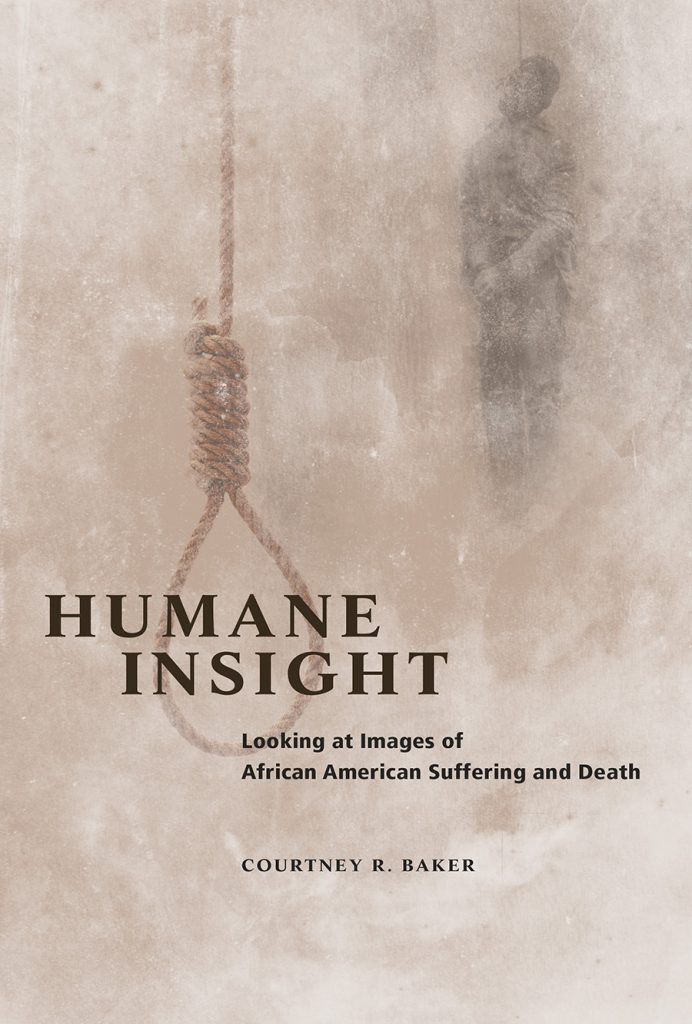
Humane Insight: Looking At Images of African American Suffering and Death
by Courtney R. Baker
Utilizing the visual studies concept termed the “look,” Courtney Baker interrogates how the notion of humanity was articulated and recognized in oft-referenced moments within the African American experience. She examines the graphic brutality of the 1834 Lalaurie affair; the photographic exhibition of lynching, Without Sanctuary; Emmett Till’s murder and funeral; and the devastation caused by Hurricane Katrina.
